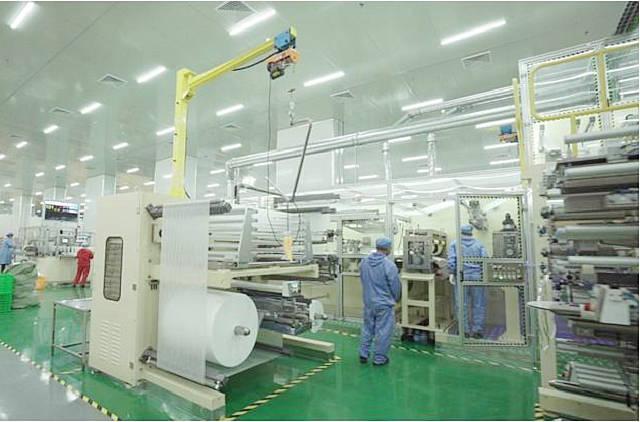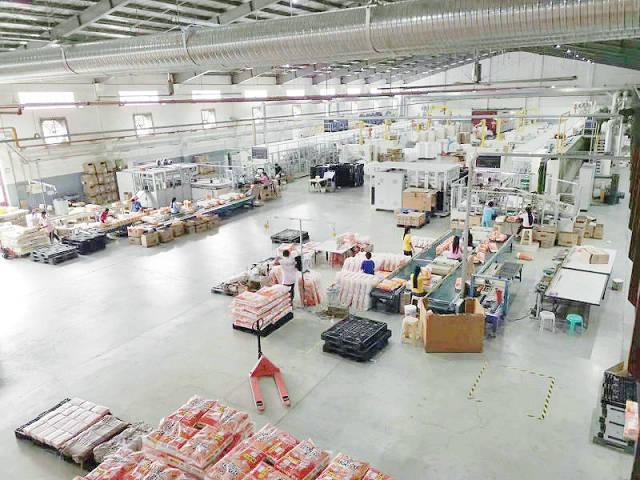Author:Haina Machinery Factory FROM:Diaper Machinery Manufacturer TIME:2024-11-14
In the rapidly evolving market of sanitary pads, sourcing high-quality raw materials is crucial for manufacturers aiming to deliver effective and safe products. The choice of materials directly influences the product's performance, comfort, and environmental impact. This article explores the various aspects of sourcing raw materials for sanitary pad manufacturing, including key materials, supplier selection, quality control, and sustainability considerations.
The primary raw materials used in sanitary pad manufacturing include absorbent cores, top sheets, back sheets, and adhesive components. Each material plays a vital role in ensuring the product meets consumer expectations. The absorbent core, typically made from superabsorbent polymers (SAP) and fluff pulp, is crucial for liquid retention. The top sheet, often made of non-woven fabric, provides a soft contact surface, while the back sheet, usually a polyethylene film, helps prevent leaks. Adhesives are necessary for bonding layers together and ensuring the pad stays in place during use.
Sourcing these materials requires a thorough evaluation of potential suppliers. Manufacturers should look for suppliers with a strong reputation in the industry, proven track records, and the ability to provide consistent quality. It's beneficial to attend industry trade shows, consult online directories, and network with other manufacturers to identify reputable suppliers. Additionally, assessing the suppliers' capabilities in terms of production capacity, delivery times, and responsiveness can help in making informed decisions.
Implementing stringent quality control measures is essential to ensure that the sourced materials meet industry standards and regulations. Manufacturers should establish clear specifications for each raw material and conduct regular audits of their suppliers. Testing raw materials for parameters such as absorbency, softness, and durability is critical. Collaborating with third-party laboratories for independent testing can further enhance reliability and compliance with safety standards.

As the demand for eco-friendly products rises, incorporating sustainable practices into the sourcing process has become increasingly important. Manufacturers should prioritize suppliers who utilize renewable resources and environmentally friendly production methods. This includes sourcing biodegradable materials and reducing plastic usage wherever possible. Additionally, engaging in local sourcing can help minimize the carbon footprint associated with transportation and support local economies.
While quality and sustainability are paramount, cost is also a significant factor in sourcing raw materials. Manufacturers need to balance between cost-effectiveness and the quality of materials. Conducting market research to understand pricing trends and negotiating contracts with suppliers can help optimize costs. Bulk purchasing often leads to discounts, but it is essential to ensure that this does not compromise quality or lead to excess inventory.
Establishing long-term relationships with suppliers can lead to better pricing, improved communication, and enhanced collaboration. Regular meetings, feedback sessions, and visits to suppliers’ facilities can strengthen these relationships. A partnership approach allows for more flexibility in negotiations and fosters innovation as both parties work towards common goals in product development.
The sanitary pad market is influenced by changing consumer preferences and emerging trends. Manufacturers must stay informed about market changes, such as the rise of organic products or the demand for enhanced absorbency features. Keeping an eye on competitors and industry reports can provide insights into trending materials and technologies, allowing manufacturers to adapt their sourcing strategies accordingly.

Compliance with local and international regulations is a critical aspect of sourcing raw materials for sanitary pads. Manufacturers should be knowledgeable about the regulations governing the materials used in personal care products, as well as any certifications required, such as ISO standards or FDA guidelines. Ensuring that suppliers adhere to these regulations will mitigate risks associated with legal issues and enhance the brand’s credibility.

Sourcing raw materials for sanitary pad manufacturing is a complex yet vital process that requires careful consideration of quality, sustainability, supplier reliability, and regulatory compliance. By establishing strong relationships with suppliers, implementing stringent quality control measures, and adapting to market trends, manufacturers can ensure they source the best materials for their products. Ultimately, strategic sourcing not only enhances product performance but also contributes to a sustainable future in the industry.
